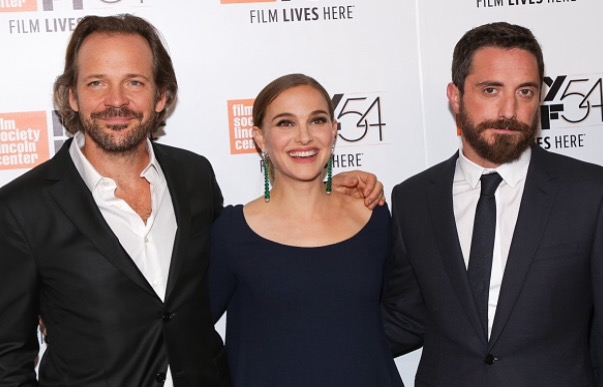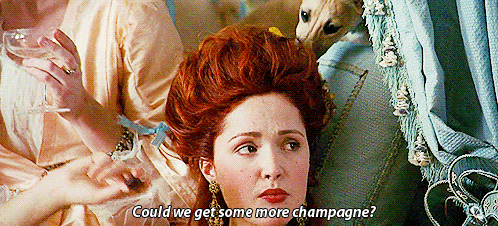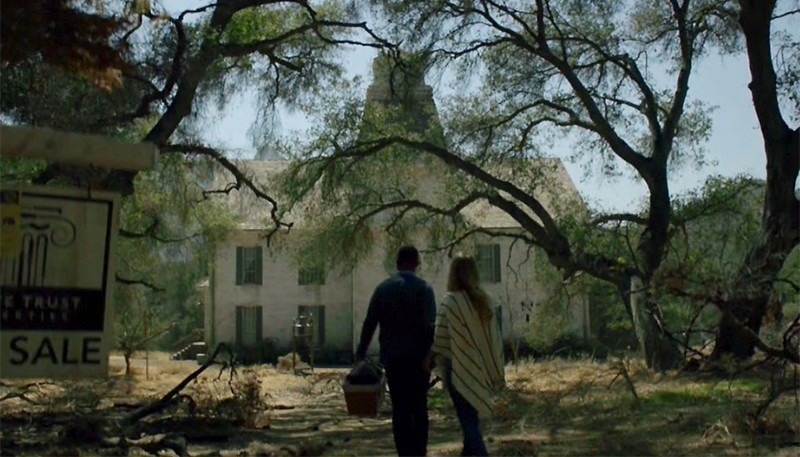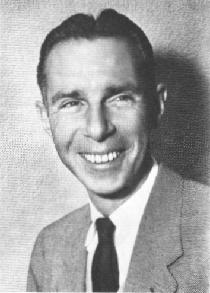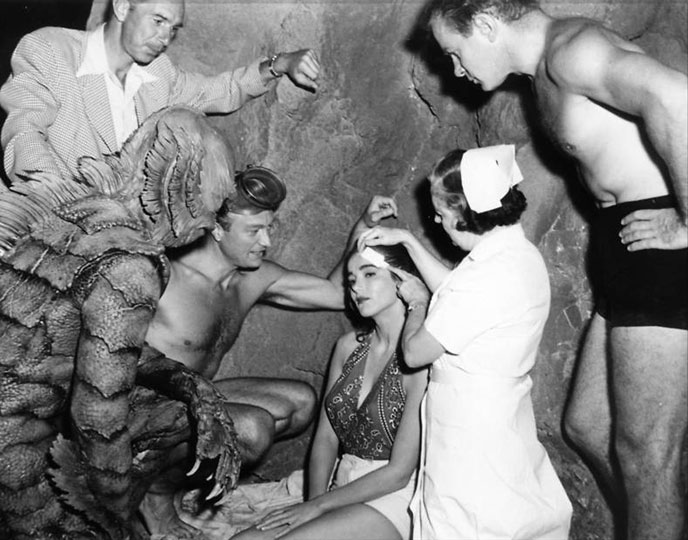A Conversation About "Westworld" - Part 1
 Saturday, October 15, 2016 at 11:00AM
Saturday, October 15, 2016 at 11:00AM This week, Team Experience members Lynn Lee and Kieran Scarlett have tackled the first two episodes of new HBO sci-fi drama, "Westworld," which has captured the interest, fascination (or ire, depending on who you talk to) of audiences. Here's Part 1 of the 2 part discussion...
Warning: Spoilers Ahead
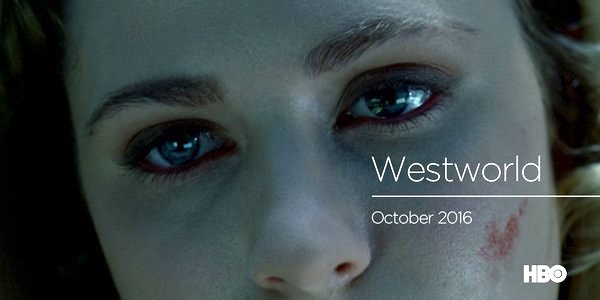
KIERAN: Watching the “Westworld” pilot and then the second episode, my immediate reaction—even in thinking that the pilot was relatively strong and an intriguing opening statement to the show—was that these two episodes should be reversed. I might even go so far as to say that the pilot, with all of its beautifully creepy, world-establishing glory (more on this later) is missable when held up against the power (both narratively and stylistically) of the second episode...



